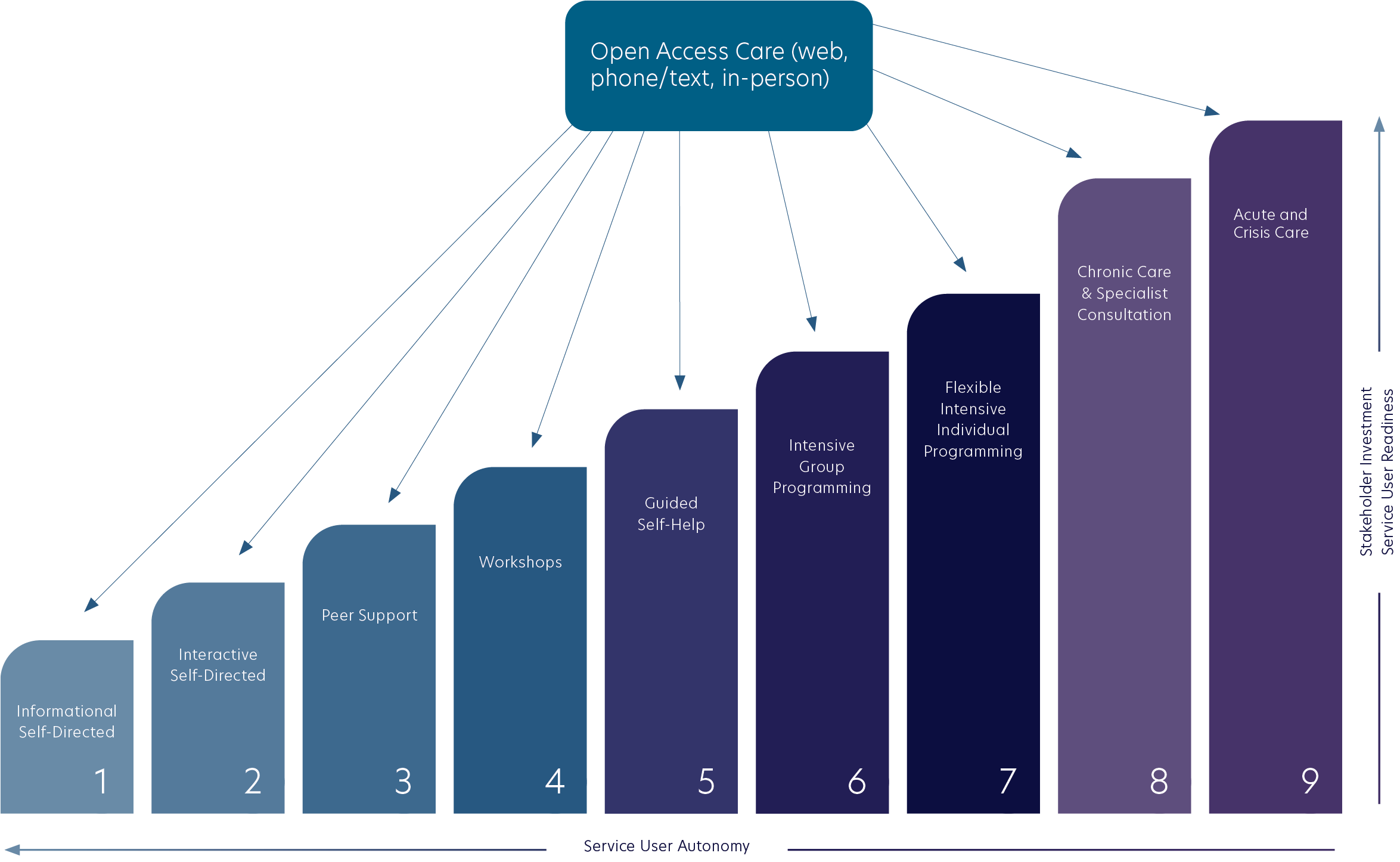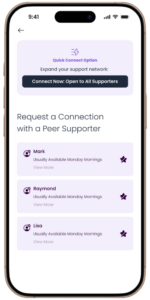As stigma around mental health decreases and awareness grows, people are seeking more flexible and accessible ways to support their mental health in the workplace beyond professional counselling. However, many options currently offered through workforce wellness programs are one-size-fits-all and have not kept pace with evolving needs. These programs often rely on rigid triage systems and pre-scheduled appointments that can be difficult to access.

Consider Josie, who is a busy 48-year-old emergency communications professional. Her mom passed away 8 weeks ago, and Josie is struggling with the focus and demand required at work, while processing the waves of grief she is experiencing. On a Monday, she calls her EAP provider to schedule an appointment with a counsellor. The earliest appointment she could schedule between her 12-hour shifts and EAP availability is Wednesday evening. Feeling overwhelmed, she was able to access psycho-educational materials about grief during her lunch break.
Within 15 minutes she was able to review information about the impact of grief and some immediate coping strategies. She felt renewed in her ability to cope today while at work. She still kept and attended her counselling appointment Wednesday evening.
Strengthening Workforce Programs with Peer Support
Workforce wellness programs are most effective when designed through a stepped care lens that prioritizes care seeker preference and offers a continuum of care, from professional counselling to self-guided tools and one-to-one peer support. Peer support is becoming an increasingly valuable and responsive part of these programs and a key option within the SC2.0 continuum of care. These initiatives help to fill a care gap by offering timely, relatable support from colleagues who understand the unique challenges of their environments.
Organizations and industries have an opportunity to co-develop internal peer support initiatives, training employees to support one another using shared language, lived experience, and sector-specific knowledge. It’s exciting to see peer support expanding across industries—broadening access to meaningful, human-centred support that complements more traditional approaches.
Trevor is a 30-year-old powerline technician. As a racialized employee, he is experiencing microaggressions frequently. Still new to this work, he feels a constant worry about getting injured on the job and his increasing anxiety is resulting in unhealthy coping strategies to manage the stress, including daily drinking.
Trevor logs into his workplace peer support app, and matches with a fellow racialized peer support provider who will understand his experiences, including substance use. They book time to connect later today and, for the first time since he started this job, Trevor felt he had immediate support after a long shift. This is the beginning of an ongoing peer support relationship that helps Trevor get through the next year and develop other coping strategies.
Getting Started: Expanding Your Workplace Wellness Continuum

Integrating peer support and a stepped care approach into workforce wellness programs requires thoughtful planning and adaptation to an organization’s unique needs. By taking a data-informed approach and engaging employees in the process through co-design, organizations can create a more responsive and sustainable continuum of care.
-
- Review Trends and Feedback
Leverage existing data to make informed decisions. Review workplace wellness resource usage patterns to understand who is engaging with services and who isn’t. Employee feedback can provide valuable insights into what’s working and where gaps exist. - Map and Co-design a Responsive Continuum
Engage key workforce members in mapping current resources and identifying opportunities for improvement. Our experienced Implementation team can facilitate this process through our inclusive and informative “Populating the Model” framework, helping you build a flexible, responsive, and sustainable wellness continuum that evolves with workforce needs. - Establish or Enhance a Peer Support Program
Whether you’re launching a new peer support program or strengthening an existing one, we can help. We offer a range of tailored options, from program development to technology-driven support tools like PeerOnCall – technology that enables efficient and anonymous peer support. Check out PeerOnCall for more information.
- Review Trends and Feedback
Interested in Learning More?
Connect with one of our workforce experts to explore how we can support your workplace wellness initiatives.
